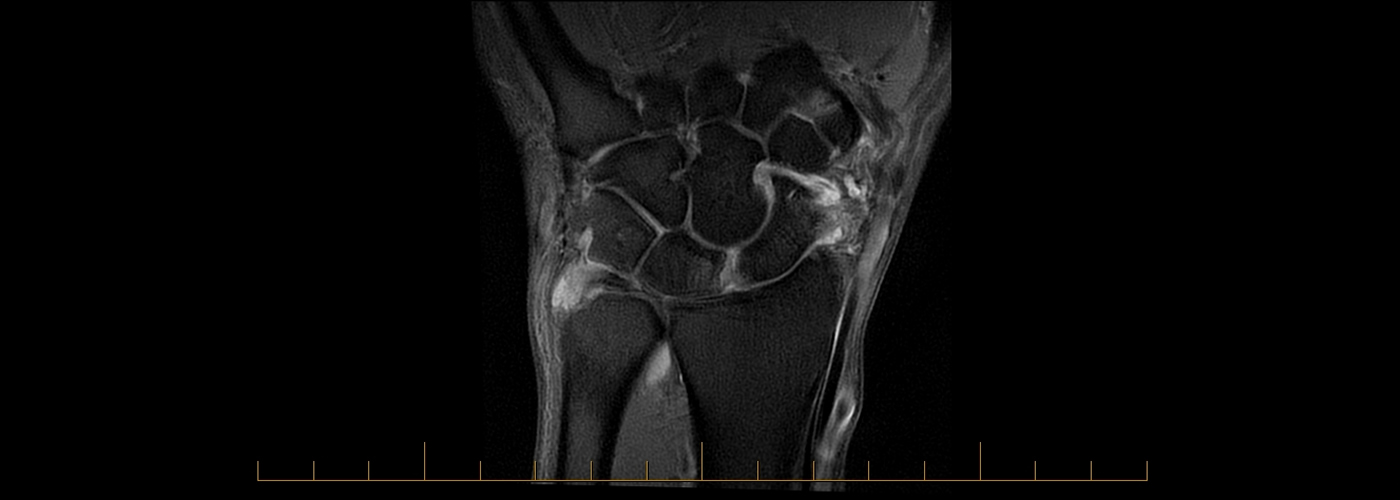| Categories: MRI Machine | Author: Resonant Healthcare Imaging Solutions | 0

Extremity MRI systems are designed to provide scans of the body’s limbs. They can be an affordable option for facilities that do not need full-body scanning capabilities, and they have a much smaller footprint than full-size MRI systems, because extremity MRI systems only scan one limb at a time. Understanding extremity magnets will help your facility to decide whether an extremity MRI system is the right choice for your facility and your patients.
An extremity MRI system is designed to image only the arms, legs, hands, and feet. It is used to diagnose conditions that may not show up on an X-ray, including:
There are three types of extremity MRI systems, including:
Extremity MRI systems are smaller and less expensive than full-body MRI systems. With their small footprints and lower costs, extremity MRI systems can be a practical, affordable way to boost patient convenience at orthopedic offices and free up capacity on full-body MRI systems at larger imaging centers. Lower acquisition costs allow facilities to recoup their investment in an extremity MRI system more quickly than a higher-priced, standard MRI system.
Thanks to their small size, extremity MRI systems are very cost-effective to install, shield, operate, and maintain. They consume less energy and have low maintenance costs when compared to standard MRI units.
Extremity MRI systems also are patient-friendly. They provide images of extremities without the discomfort and inconvenience that can be associated with a full-body scan.
Each type of extremity MRI has a unique set of advantages:
On the other side of the fence, the most obvious drawback of extremity MRI systems is the fact that they can only scan extremities, which may not be an issue for certain facilities. Extremity MRI systems also may not be suitable for larger patients if their limbs are too big to fit inside the bore.
Each type of extremity MRI has a unique set of compromises:
An extremity MRI system is a great choice for facilities that are looking for an affordable way to add an extremity MRI service line or increase capacity on existing full-size MRI scanners. Due to the limitations of an extremity MRI system though, facilities should ensure that they have adequate demand for extremity MRI services before investing in an extremity MRI system. Working with a third-party MRI acquisition consultant will allow your facility to weigh the pros and cons of extremity magnets and along side other types of MRI systems to find the best fit for your existing service line, budget, and future plans.
For more information on MRI acquisition or to speak with a Resonant MRI expert, call 877.938.5665 or contact us. We’re here to help.
Be the first to leave a comment.